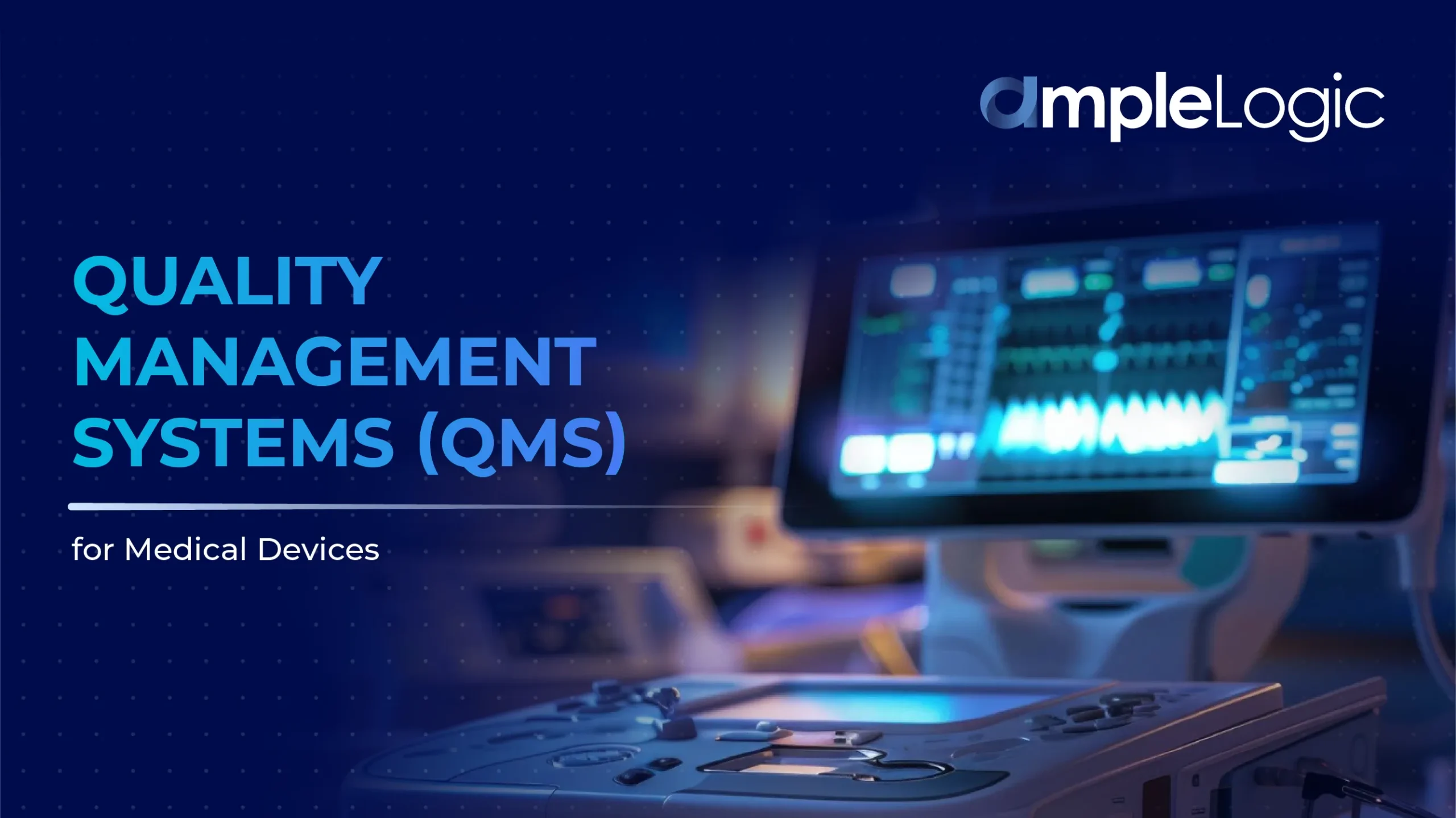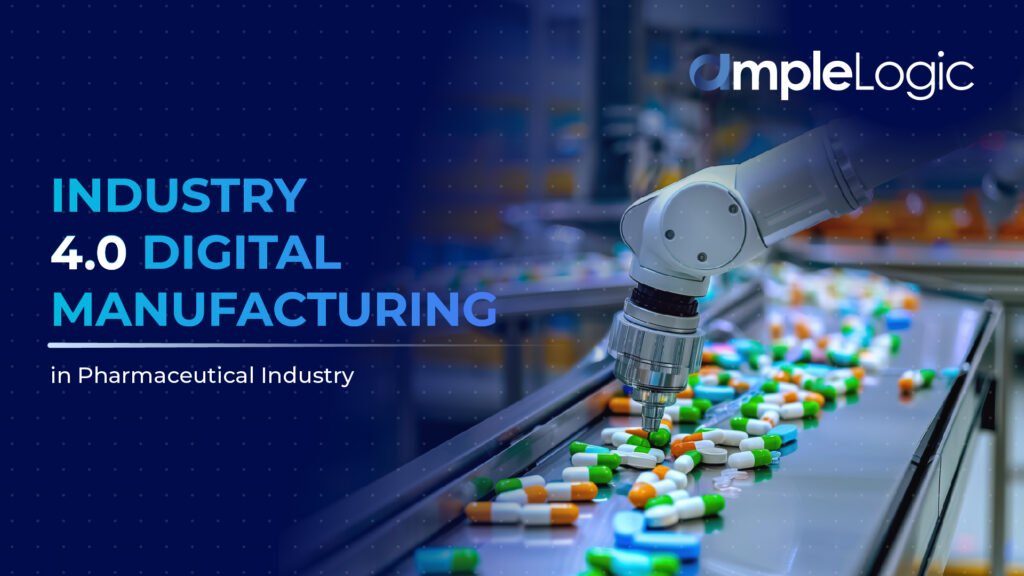
The medical device industry requires product safety assurance, adherence to regulations, and customer expectations. A properly implemented QMS can lay the foundation for the attainment of these objectives. This article covers important aspects of QMS for medical devices, including a description of its components, the regulatory compliances surrounding it, the integration of risk management, and new technologies to elevate quality practices.
Quality Management System: Meaning and Purpose
A QMS (Quality Management System) is a formalized system that documents processes, procedures, and responsibilities for achieving quality policies and objectives. QMS software for medical devices guarantees that products are developed, produced and provided in accordance with regulatory criteria and continually fulfil patient and customer requirements.
Why is QMS Important in Medical Devices?
There are several reasons for QMS requirements for medical devices –
- Patient Safety: A strong QMS aids in identifying and mitigating risks linked to medical devices, thereby maintaining patient safety.
- Regulatory Compliance: Good Clinical Practices (GCP) in clinical trials and specific ISO certifications are required by the organizations to comply. Thus proving qms requirements for medical devices.
- Market Access: Various markets demand evidence of a compliant QMS to approve a product, hence the relevance to manufacturers looking to enter the global market.
Components of a QMS for Medical Devices
A comprehensive QMS for medical devices consists of several key components that work together to ensure quality throughout the product lifecycle:
| Component | Description |
|---|---|
| Document Control | Manages documentation related to quality processes to ensure accuracy and compliance. |
| Design Controls | Ensures that the design process meets user needs and regulatory requirements. |
| Risk Management | Recognizes potential hazards related to medical devices and puts controls to minimize risks. |
| Supplier Management | Train or monitor suppliers to comply with quality performance standards. |
| Corrective and Preventive Actions (CAPA) | Troubleshoots problems and implements solutions to prevent them from recurring |
| Training Management | Ensures that all personnel are adequately trained in quality standards and practices. |
See more – Simplifying Deviation Management with AI
Global Regulatory Standards for Medical Device QMS: A Comparative Overview
Is the medical device industry regulated?→ Yes.
Medical devices need to comply with various regulations at international and national levels. As Europe and the US follow the stringent regulations of ISO 13485:2016, MDR, IVDR, and FDA 21 CFR Part 820, so has India in forming a well-established quality management system in the medical device industry. Some regulatory bodies and standards include:
International Medical Device QMS Standards
- ISO 13485:2016 – The global quality management standard for medical devices is set by ISO13485.
- Medical Device Regulation (MDR 2017/745) – Ensures the safety and performance of medical devices in the EU.
- In Vitro Diagnostic Regulation (IVDR 2017/746) – Regulates in vitro diagnostic devices in the European market.
- FDA 21 CFR Part 820 (QSR) – The US FDA’s Quality System Regulation for medical device manufacturers.
Manufacturers must comply with these regulations to enter global markets and maintain high-quality standards.
Medical Device QMS Regulations in India
India’s medical device industry is regulated to ensure quality and patient safety.
- Central Drugs Standard Control Organization (CDSCO)
The CDSCO is the primary regulatory authority overseeing medical device approval, manufacturing, and distribution under the Medical Device Rules (MDR) 2017.
- Medical Device Rules (MDR) 2017
The Medical Device Rules, 2017, classify medical devices based on risk:
| Class | Risk Level | Examples |
|---|---|---|
| Class A | Low-risk | Bandages, surgical gloves |
| Class B | Moderate-risk | Syringes, blood pressure monitors |
| Class C | High-risk | Implantable orthopaedic devices |
| Class D | Highest-risk | Pacemakers, ventilators |
From October 1, 2023, manufacturers of Class C and D devices must obtain licenses for production and sale, ensuring compliance with quality and safety standards.
- ISO 13485:2016 Compliance in India
ISO 13485:2016 is widely adopted in India for ensuring medical device quality management and helping manufacturers meet international regulatory expectations.
- National Medical Devices Policy, 2023
India’s National Medical Devices Policy, 2023 aims to:
- Establish India as a global medical device manufacturing hub.
- Reduce import dependency by increasing domestic production.
- Enhance certification and standardization processes.
With this policy, India aims to capture 10-12% of the global medical device market in the coming years.
- Licensing Framework for Medical Devices
The Drugs and Cosmetics Act, 1940 and Medical Device Rules, 2017 govern licensing requirements in India. Manufacturers must apply for:
- Manufacturing & import licenses.
- Clinical investigation approvals.
- Market authorization via the SUGAM online portal for regulatory submissions.
Here is a Case Study for you – Pharmaceutical Electronic QMS Software Case Study
Integrating Risk Management into QMS
Risk Management is an important factor in any effective QMS service for medical devices. Some of the best practices for incorporating risk management into medical device design and development are:
- Intended Use: Define the intended use of the device to establish specific risks.
- Perform Risk Assessment: Utilize Failure Mode and Effects Analysis (FMEA) and other similar life science risk assessment methodologies to identify hazards and their impact.
- Risk Control Measures: Choose methods to eliminate or reduce the impact of the risk during the project design or the training of end-users.
- Continuous Monitoring: Establish processes for ongoing risk assessment throughout the product lifecycle.
Market Trends in Medical Device QMS
The global medical QMS software market has shown significant growth, reflecting the increasing demand for compliance and quality assurance in the medical device sector. Recent data indicates:
- The global medical QMS software market was valued at USD 932.6 billion in 2023 and is projected to reach USD 1,072.5 billion by 2024, with an expected growth rate of 15% CAGR, reaching approximately USD 3,280.9 billion by 2032.
- This growth is propelled by technological evolution, heightened regulatory scrutiny, and the necessity for manufacturers to confirm product safety and efficacy.
The Role of Technology in QMS
With the advent of technology, most manufacturers are now shifting from paper-based and manual systems to electronic Quality Management Systems (eQMS). The benefits of eQMS include:
- Improved Efficiency: Automation eliminates manual mistakes and ensures time-saving.
- Improved Compliance: Ready-made workflows assist organizations in complying with regulatory standards.
- Centralized Data Management: Cloud-based storage allows for easy access and management of documents across departments.
AmpleLogic's AI- eQMS Contribution
AmpleLogic stands out as one of the best QMS software for medical devices, and it is tailored specifically for the medical device industry. The platform offers features such as:
- Comprehensive document management capabilities that streamline document creation, versioning, review, approval, and storage.
- Automated notifications that keep teams informed about document updates.
- Integration with other quality management processes like CAPA, training management, and supplier evaluations.
Implementation Timeline for a Medical Device QMS
Establishing a QMS is not an overnight task; it requires careful planning. Here’s a general timeline:
- Assessment Phase (1-2 months): Evaluate current processes against regulatory requirements.
- Development Phase (2-4 months): Create necessary documentation and procedures.
- Training Phase (1 month): Train staff on new systems and procedures.
- Implementation Phase (3-6 months): Roll out the QMS across all departments.
- Review Phase (Ongoing): Continuously monitor performance and make adjustments as needed.
Conclusion
To summarize, a well-established Quality Management System (QMS) for medical devices is critical for companies looking to deliver safe, compliant, and marketable products. So if more organizations harness structured processes by their design, they can start to ensure safe and efficacious products and services, which will lead to a positive reputation and enhanced customer satisfaction in the long run, all while promoting better healthcare outcomes.
AmpleLogic is the place if you are looking for the best QMS software for medical devices. It can help you lay down the foundation of QMS for medical devices or help you improve upon what you already have, so take a look at what we have to offer! Investing in a comprehensive QMS today will pave the way for success in this dynamic industry tomorrow. Also, you can visit our page for other such informative articles – AmpleLogic Resources!





























